Each brick and classroom is not only an educational work, but also a belief, a "lamp of knowledge" lighting up the highland border of the Fatherland.
Confidence from major policies
At 5am, when the fog still covered the mountain slopes, Hoang Thai Thien, an 8th grade student in Huoi Luong 1 village, Phong Tho commune, Lai Chau , was already carrying his small backpack and following the steep path to school. “Today my parents are working in the fields, so no one will take me to school, so I have to leave early to get to school on time,” Thien shared.
Thien’s house is more than 5km from school but does not qualify for boarding. On sunny days, it takes him more than an hour to get there; on rainy days, the road is slippery, so his parents have to take him to school early, before starting work in the fields.
Students in situations like Thien are not uncommon. In Lai Chau - where more than 80% of the population is ethnic minorities, one of the provinces with the highest poverty rate in the country (nearly 20%), the road to school for students is not only a winding mountain path, but also a journey to overcome poverty and barriers to realize the dream of "literacy".
Over the past years, education in the mountainous areas of Lai Chau has gradually developed strongly, with increased investment in schools. However, due to complex terrain, difficult transportation, and lack of synchronous facilities in many places, especially in remote, isolated, and border communes.
Meanwhile, the local budget is still limited, many schools have difficulty in accommodation and living for boarding students and public housing for teachers. This is one of the reasons affecting the overall quality of education in the province - the locality is also considered a "lowland" in education compared to other provinces in the region and the whole country.
On July 18, 2025, the Politburo issued Notice No. 81-TB/TW, agreeing on the policy of building inter-level primary and secondary boarding schools in 248 land border communes nationwide.
In Lai Chau province, there are 11 border communes benefiting from the program. These are remote areas, with a majority of ethnic minorities and difficult lives.
Mr. Mac Quang Dung - Director of Lai Chau Department of Education and Training, shared: "This policy not only aims to narrow the regional education gap, but also contributes to maintaining national sovereignty and border security. Each spacious school built here will be a 'milestone of the people's hearts', affirming the presence of the State, trust and aspiration to rise up."
Ms. Hoang Thi Phuong, U Gia village, Phong Tho commune, excitedly said: “We are very happy that the commune has invested in a boarding school for primary and secondary school. Our children have the opportunity to study in a better environment.”
Sharing the same joy, Ms. Lung Thi Lan, a Mang ethnic in Nam Sao 1 village, Pa Tan commune, expressed: “I have two children studying at Trung Chai Primary and Secondary School for Ethnic Minorities, Pa Tan commune. When the new school is built, our children will have the opportunity to study in a place with adequate facilities. With the children staying in the dormitory, their parents will feel more secure and have more time to work, without having to pick them up and drop them off every day.”
According to Mr. Mac Quang Dung, Lai Chau province has reviewed border communes to start construction of 5 inter-level schools in 2025. The remaining six schools will continue to be implemented in 2026. These projects are not only investments in education, but also serve as symbols of faith and aspiration for change in the homeland's frontier.
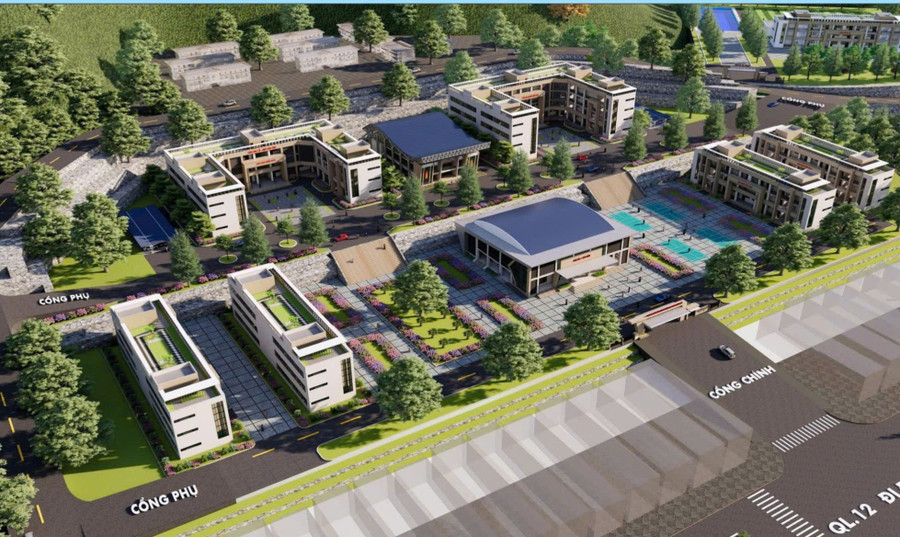
New model for border education
Unlike single-level general schools, inter-level boarding schools are a model that combines both primary and secondary education levels, and also has a dormitory, dining hall and communal living area.
Mr. Mac Quang Dung commented: "Inter-level boarding schools help to effectively use resources, while creating conditions for students to study continuously and stably from primary to secondary school without having to travel far."
Phong Tho Primary and Secondary Boarding School for Ethnic Minorities is the first inter-level school to be started in Lai Chau with a total investment of nearly 200 billion VND, of which the Vietnam National Energy Industry Group sponsored 100 billion VND.
Mr. Le Huu Hong - Chairman of Phong Tho Commune People's Committee, expressed: "The school was invested in construction to ensure synchronous facilities for about 1,000 primary and secondary school students in Phong Tho border commune, out of a total of more than 4,600 students in the whole commune. From there, it contributes to gradually improving the quality of comprehensive education for ethnic minority students."
At the end of August 2025, two inter-level boarding schools continued to be started in Pa Tan and Bum Nua communes. The total investment of each project is nearly 200 billion VND, with a scale of 30 classes, expected to welcome more than 1,000 students.
Mr. Nguyen Van Giap - Chairman of the People's Committee of Pa Tan Commune, said: "The commune currently has 26 villages, of which 21 villages are located in areas with particularly difficult socio-economic conditions. Therefore, education work still faces many obstacles.
Boarding schools currently only accommodate about 1,300 students. When there was a plan to build a multi-level boarding school, we were very excited. The new school will have enough space for students to eat, live, and study. Students will have better learning and training conditions; teachers and parents will be more secure.”
Local authorities, teachers, parents and students in the border communes all expressed their belief that when the inter-level boarding schools are completed, border students will no longer have to cross mountains and wade through streams to get to class. They will study in a fully equipped and comfortable environment, and will be cared for both physically and mentally.
Teachers in the highlands also have a stable place to live and teach, contributing to improving the quality of teaching. The locality will have more local human resources, building a dynamic young generation, attached to the homeland, contributing to the protection and sustainable development of the border area.

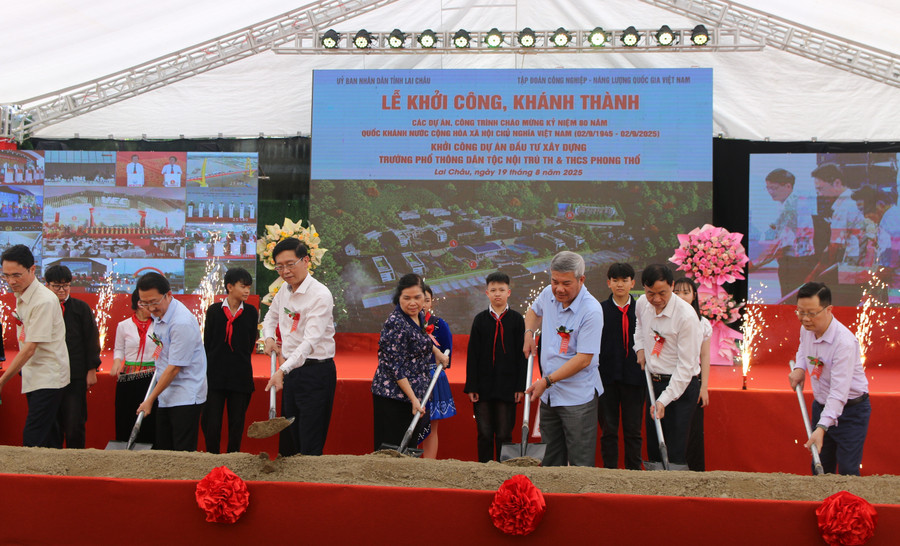
"Sowing letters" from the first bricks
At the groundbreaking ceremony for the construction of the two schools, Mr. Le Van Luong - Chairman of the People's Committee of Lai Chau province, commented: "The construction of the two projects not only fundamentally solves the lack of facilities and boarding accommodation for students in border areas, but also creates a spacious, modern, safe and friendly learning environment; opens up better, long-term learning opportunities for thousands of ethnic minority students; at the same time consolidates and firmly builds the 'people's hearts' position at the Fatherland's fence".
Mr. Mac Quang Dung affirmed: “Building schools in border areas is an investment for the future, the most practical way to keep the people, the land, and the border. Each school is a solid 'fortress of knowledge'.”
Building inter-level schools not only solves the problem of "lack of schools and classes", but also contributes to reducing the dropout rate, improving the quality of education, and creating equality in learning opportunities for ethnic minority students.
Mr. Lo Van Dinh - teacher of Nam Ban Primary and Secondary School for Ethnic Minorities, Pa Tan Commune, shared: "Previously, many students took time off from school when it rained, flooded or was very cold. Now they have the opportunity to stay in the dormitory, so their studies will be more regular. Teachers are also more assured because the facilities are good, students have a place to eat, stay and have healthy activities."
The multi-level boarding school projects not only solve the immediate learning needs, but also have profound social significance. In fact, many ethnic minority students after studying at boarding schools, graduating from high school have continued their studies, become cadres, teachers, police officers, doctors - returning to serve their homeland. It is a spreading circle of knowledge, responsibility and gratitude.
In the midst of the vast Northwest, the sound of the school drum resonates in harmony with the sound of the wind and the stream. New, spacious houses have been and are rising up among the clouds and mountains, like adding a color of hope to the remote border region. Each brick and tile of the school is a message of the Party and State's trust and concern for our compatriots in the most remote areas of the Fatherland.
Mr. Vu Quang Thieu - Principal of Sin Suoi Ho Primary Boarding School for Ethnic Minorities, expects: "Investing in education is investing in sustainable development. Each school in the border area not only has the meaning of teaching, but is also a symbol of the faith and aspiration of the whole community to rise up."
The children and dedicated teachers today are the ones who keep the fire of knowledge, keep the border with words and patriotic hearts. From then on, “belief at the end of the Northwest sky” is no longer just a dream, but a reality built every day.
“The province will pay attention to using the project for the right purpose, maximizing its effectiveness, and building a team of quality managers and teachers to meet teaching and learning requirements. At the same time, educational activities will be organized in accordance with local characteristics, reflecting the cultural identity of ethnic groups in the border areas. All activities in the school are aimed at building a quality, safe, friendly educational environment and encouraging the comprehensive development of students”. Chairman of Lai Chau Provincial People's Committee Le Van Luong
Source: https://giaoducthoidai.vn/niem-tin-noi-cuoi-troi-tay-bac-post755640.html







![[Photo] Cutting hills to make way for people to travel on route 14E that suffered landslides](https://vphoto.vietnam.vn/thumb/1200x675/vietnam/resource/IMAGE/2025/11/08/1762599969318_ndo_br_thiet-ke-chua-co-ten-2025-11-08t154639923-png.webp)






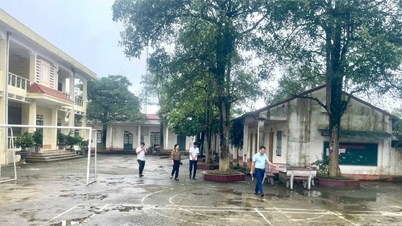






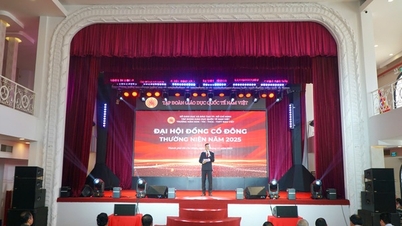













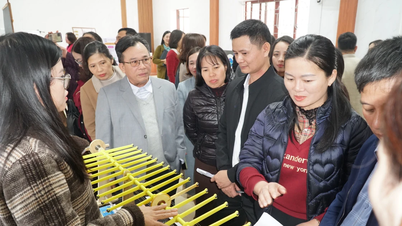
![[Photo] "Ship graveyard" on Xuan Dai Bay](https://vphoto.vietnam.vn/thumb/1200x675/vietnam/resource/IMAGE/2025/11/08/1762577162805_ndo_br_tb5-jpg.webp)








![[Video] Hue Monuments reopen to welcome visitors](https://vphoto.vietnam.vn/thumb/402x226/vietnam/resource/IMAGE/2025/11/05/1762301089171_dung01-05-43-09still013-jpg.webp)










































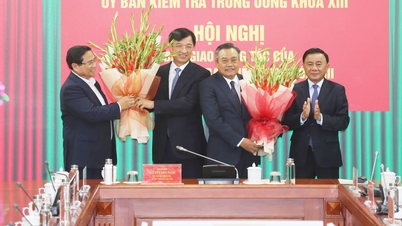

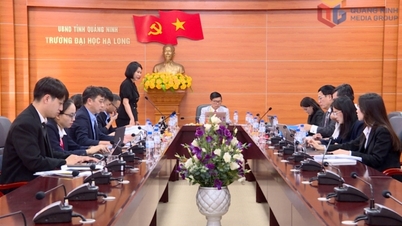

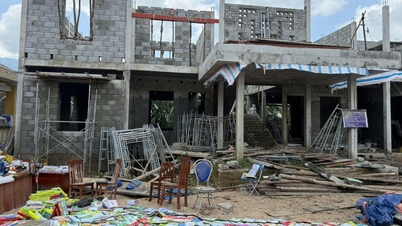



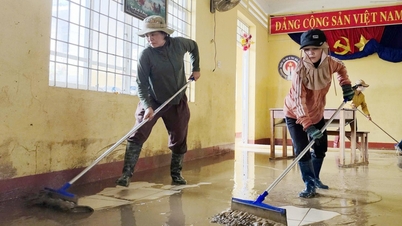













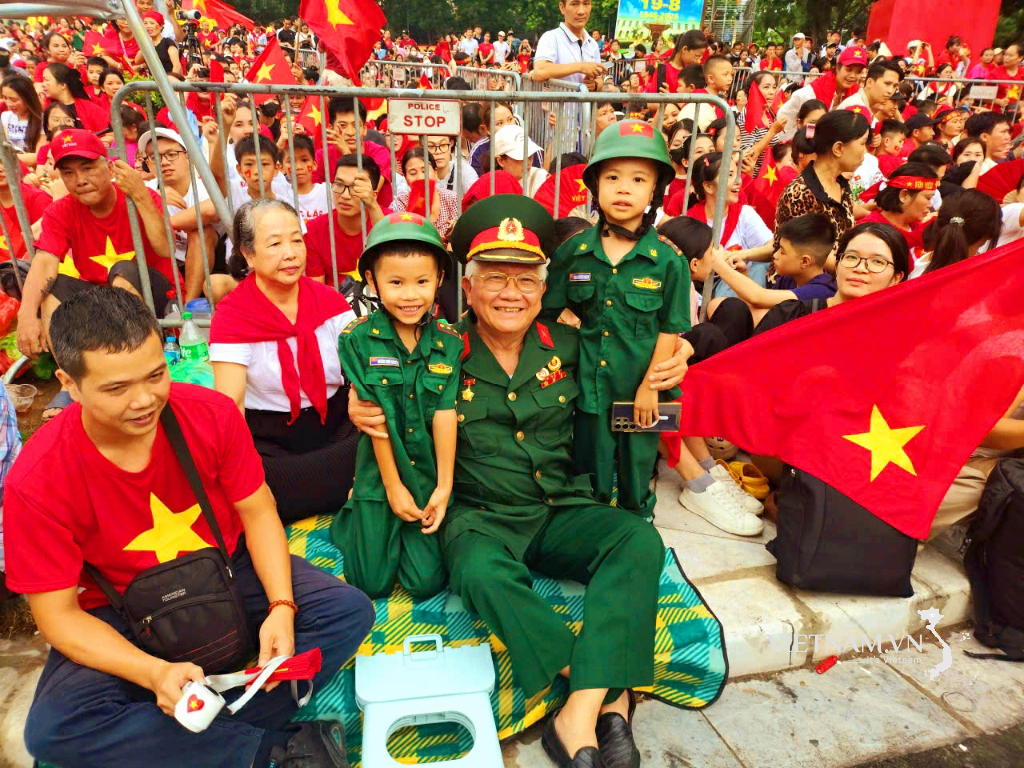
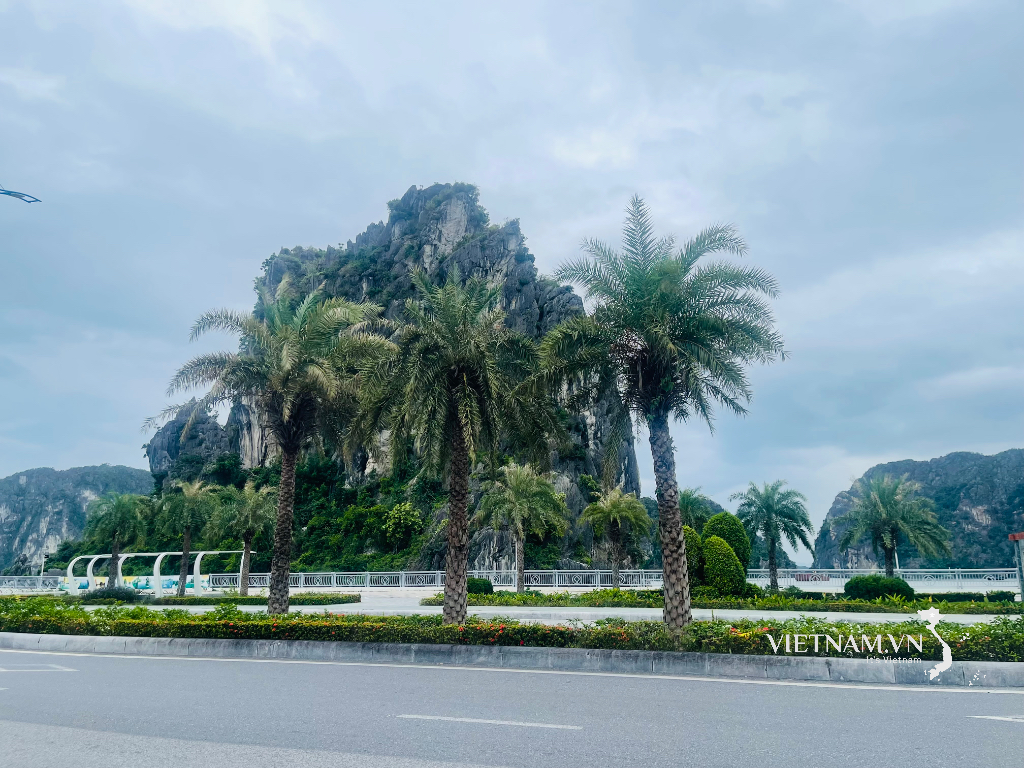


Comment (0)